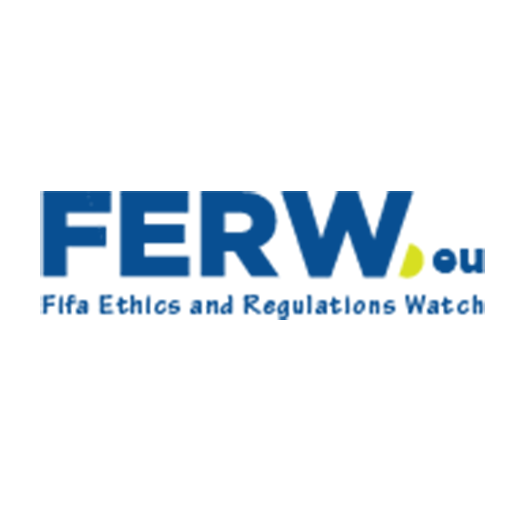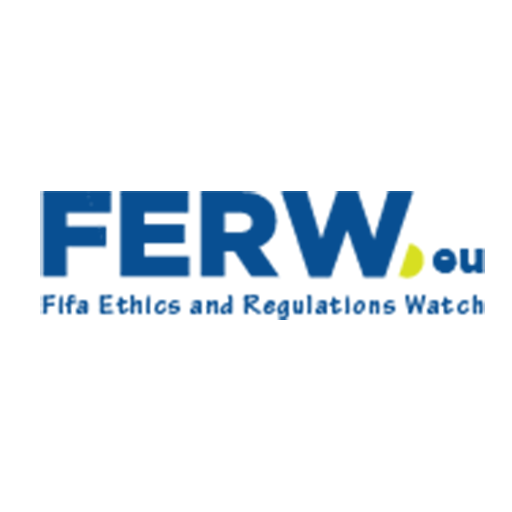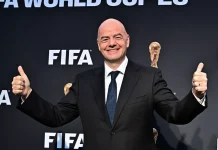The 2025 FIFA Club World Cup’s expansion to a 32-team tournament in the United States introduced logistical and financial complexities not previously encountered in the event’s history. Showing its commitment to make club football more popular globally, the tournament took place over a period of one month in some of the biggest stadiums in the country. However, one thread running through the race was the sheer difference in the attendee numbers that indicated deeper conflicts over pricing, access and facility planning.
The original pricing policy of FIFA which was based on dynamic models that are close to the major sport events in the United States evoked a backlash as the ticket prices were too high. The premium ticket at later stage matches cost above $2,000 which was even discouraging the hard core fans. By February 2025, FIFA corrected the pricing after lobbying by fan groups and the existence of soft early sales tickets to final matches at about $300 and semifinals at about $140. The alterations also led to the increased attendance later on in matches, but the early stages were well under-attended in most of the playing grounds.
Even after price changes, 10 percent cancellation fees and no-transferring tickets policy were still active, so fans have to choose between uncertain travel and/or time plan and non-cancellation fees. The presence of major European clubs, at the same time, such as Real Madrid, Chelsea, or PSG meant higher attendance, although the games of smaller teams did not reach more than 10,000 in stadiums that held more than 60,000, leaving a very notable hole in the mood.
Accessibility And Market Familiarity
The Club World Cup’s hosting in the United States presented both opportunities and limitations. Although the U.S is an emerging football market, few participating clubs in the sport do not have a rich culture of supporters. European and South American teams were most of the time far apart and had a very expensive cost of traveling. There was especially good attendance in games between local teams such as the Inter Miami or even Mexican teams with the presence of their local fans and communities of immigrants who are strongly attached to the sport.
Having said that, numerous fixtures were played in huge NFL or college stadiums, where it might even seem sparse with 25,000. The empty seats optics was not easy to maneuver by FIFA and the broadcasters especially considering an early group stage game where interest has already been low.
Scheduling Challenges Influencing Attendance
The tournament’s extended run from June 14 to July 13 stretched across 12 venues and time zones, requiring detailed coordination between host cities, FIFA, broadcasters, and teams. Nevertheless, scheduling emerged to be an important variable influencing turn out. Most of the matches played in the group stages were played during weekdays in the afternoon inconveniencing local people attending since it clashed with their work schedule at the place of work.
The number of attendants at such stadiums as Lumen Field (Seattle) and Bank of America Stadium (Charlotte) demonstrated the regular underuse on the eve of the games, including staying under 50 percent. Wednesday games in particular were affected because few numbers of casual spectators were available as well as difficulty in travel by away fans.
Weekend Knockout Rounds Boosted Numbers
Knockout rounds fared significantly better. Significant improvement was also realized in the number of fans who attended weekend matches with the number of fans attending weekend games increasing significantly especially in stadiums that were recording up to 76% fill factor. MetLife Stadium, hosting the final between Chelsea and PSG, reached 81,118 spectators—one of the tournament’s peak moments. In a similar vein, semi-final matches of PSG at Rose Bowl Stadium and other world renowned stadiums attracted more than 70,000 fans with the assistance of weekend hours and marquee positioning.
Impact Of Overlapping Events And Climate
The Club World Cup in 2025 came with the Gold Cup of CONCACAF and other significant summer activities in the United States, such as musical festivals and the milestone of the baseball season. This clash divided fans especially where the two football events were being held in cities. The fans were pulled between conflicting interests and this downplayed the general interest in Club World Cup matches.
More such risks and inconveniences were caused by extreme heat in such cities as Houston, Miami, and Atlanta. Discomfort level was made worse by the fact that matches were scheduled during the afternoon in places that do not have retractable roofs. As much as FIFA had provided hydration breaks and mobile shade stations, the psychological and physical discouragement presented by such weather could not fully be mitigated with hydration stations and mobile shade installations.
Stadium Size And Venue Selection Effects
FIFA’s choice of large-capacity venues, many seating between 60,000 and 80,000, aimed to maximize potential attendance and TV aesthetics. However, this strategy presented issues when demand fell short. Stadiums such as SoFi in Los Angeles and AT&T Stadium in Arlington hosted multiple matches with visibly empty stands during early rounds, creating a subdued atmosphere that impacted both fan experience and visual presentation on broadcast.
Smaller Venues Saw Better Results
By contrast, more moderately sized venues like Hard Rock Stadium in Miami achieved more consistent results. With a capacity of around 65,000 and a strong regional football culture, it recorded an 84% average fill rate across six matches. This suggests that balancing prestige with realistic turnout potential is critical to successful venue selection.
Balancing Growth And Realism
FIFA’s goal of globalizing the Club World Cup comes with growing pains. The tournament’s U.S. iteration revealed both the potential for heightened visibility and the risks of overextension. The choice of expansive venues and premium pricing may have been designed with top-tier matchups in mind, but it failed to account for market unfamiliarity and casual fans’ budget sensitivity during early stages.
Real-time pricing adaptations and weekend-focused scheduling improvements demonstrated FIFA’s responsiveness, but the initial hurdles reflect the need for more nuanced long-term planning. Dynamic pricing must be better aligned with local interest and purchasing power to ensure consistent turnout and atmosphere.
Commercial And Fan Experience Considerations
The combination of high prices and rigid ticketing conditions limited broader participation in a tournament intended to showcase inclusive football culture. While sponsors and media partners appreciated marquee events and international broadcasts, the experience for on-site fans varied significantly.
Fan advocacy groups have recommended tiered pricing models that consider local economic conditions and match status. By making early-round games more accessible, FIFA could reduce the attendance gap between group and knockout stages. Flexible ticket exchanges, family-friendly pricing, and better transportation logistics have also been proposed to enhance the fan experience in future editions.
Geography Added Another Layer Of Difficulty
Geographic dispersion was another obstacle. With venues spread from New Jersey to Seattle, consistent match attendance by traveling fans became difficult. This fragmentation underlines the importance of strategic scheduling that accommodates regional interest without diluting tournament cohesion.
FIFA’s partnership with DAZN and global broadcasters ensured robust digital viewership, affirming the global reach of club football. However, live fan attendance remains essential to the authenticity and emotional intensity of the sport.
Insights For Future Club World Cups
The 2025 edition provides FIFA with clear lessons about the balance between ambition and practical planning. Attendance volatility across the tournament reflects a need for localized, data-driven strategies tailored to fan demographics, economic profiles, and match significance.
The organization’s ability to adapt through price reductions and improved scheduling for later stages shows promise. However, structural revisions may be required for 2029 and beyond, including smaller venues for group matches, better heat mitigation strategies, and broader community engagement campaigns.
This person has spoken on the topic: Football fan and analyst Wheddsta noted that
“The 2025 Club World Cup attendance puzzle exposes how ticket cost, match timing and stadium choice interplay to shape fan turnout, pointing to the need for dynamic, localized approaches to fully unlock new football markets.”
The absolute wokest thing about the Club World Cup is the players coming out of the tunnel individually.
Absolute nonsense.
Looks like they’re doing it for every game too.. delaying the kick-off times.
The Americanisation of football is killing the beautiful game. #FIFACWC pic.twitter.com/l7v6udxKwY
— Harvey 🦅 (@Wheddsta) June 15, 2025
As football’s global stage continues to evolve, filling stadiums requires more than star power or scale. It demands policies that match excitement with accessibility, ensuring that supporters across markets can participate meaningfully in the world’s premier club tournament. The 2025 experience reveals the complexity of that equation—and the opportunities for recalibration in pursuit of truly global football.













